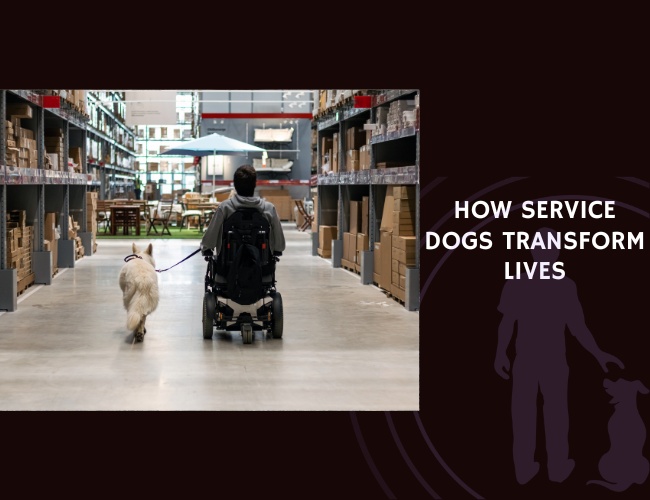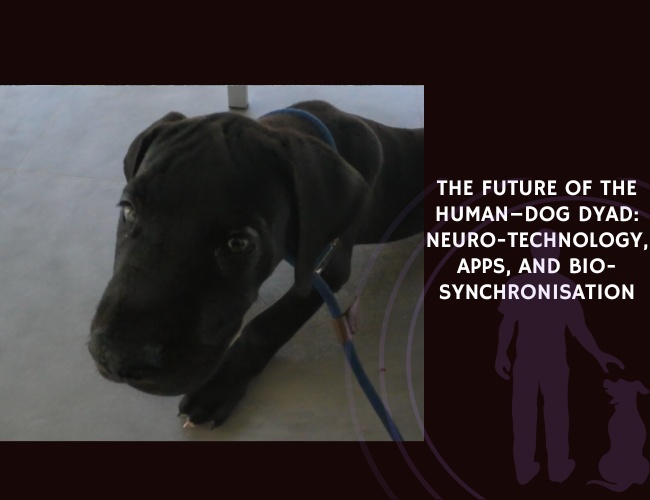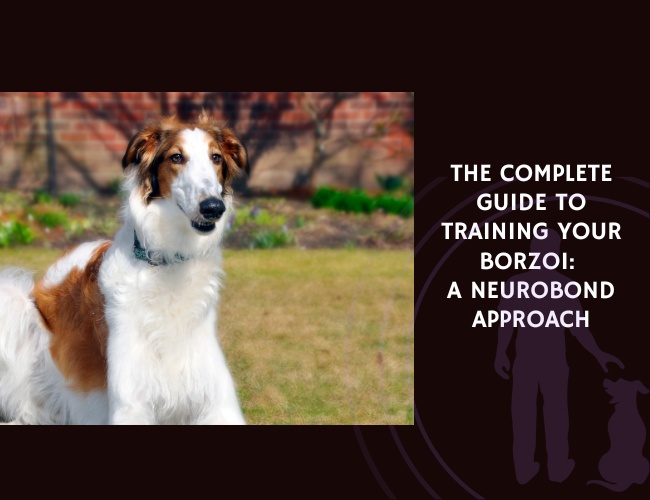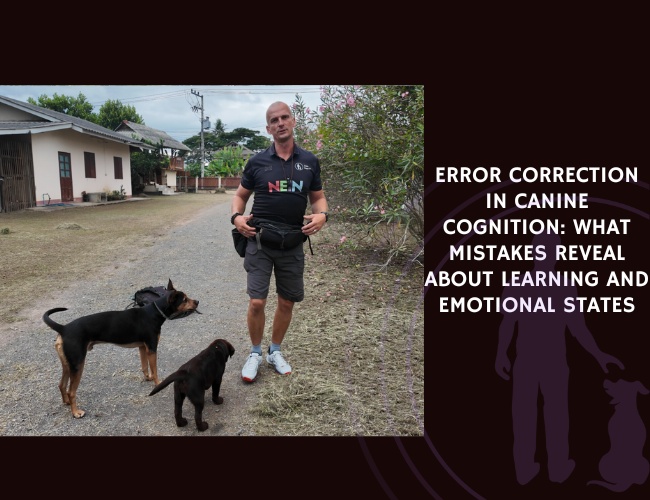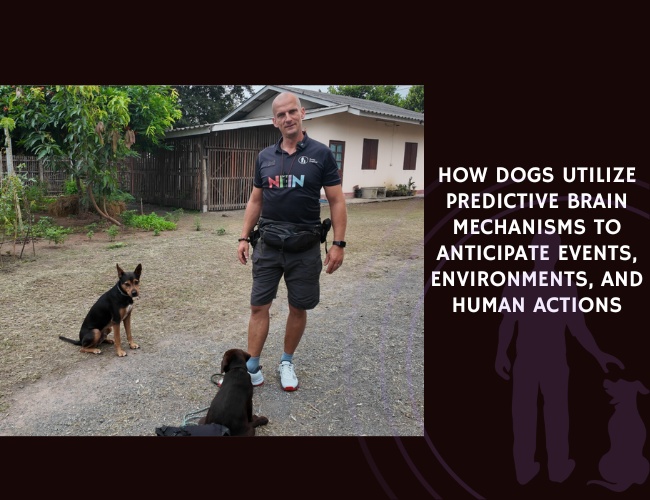Introduction to Service Dogs
Definition and Purpose of Service Dogs
Service dogs are specifically trained to perform tasks that assist individuals with disabilities in their daily lives. According to the Americans with Disabilities Act (ADA), a service dog is individually trained to do work or perform tasks for a person with a disability. These tasks can include things like guiding individuals who are visually impaired, alerting those with hearing impairments, pulling a wheelchair, or fetching items for someone with mobility limitations.
The primary purpose of service dogs is to enhance the independence and quality of life of their handlers. By performing these essential tasks, service dogs help mitigate the challenges faced by individuals with disabilities, allowing them to lead more autonomous lives. As loyal companions and assistants, service dogs truly transform the lives of those they support.
Brief Overview of Their Impact on Individuals with Disabilities
Service dogs have a profound impact on individuals with disabilities, providing both practical assistance and emotional support. For those with physical disabilities, service dogs enable greater mobility and independence by performing tasks that would otherwise be difficult or impossible for their handlers. This can include retrieving dropped items, opening doors, assisting with balance, and much more.
For individuals with medical conditions such as epilepsy or diabetes, service dogs can be trained to detect seizures or changes in blood sugar levels, providing early warnings that allow for timely medical intervention. This not only helps to prevent emergencies but also provides peace of mind for both the individuals and their families.
Furthermore, service dogs offer significant emotional support, particularly for those with psychiatric disorders such as PTSD or anxiety. These dogs can be trained to interrupt harmful behaviors, provide grounding during panic attacks, and offer a reassuring presence that helps reduce feelings of isolation and depression.
Distinction Between Service Dogs and Other Assistance Animals
It’s important to differentiate between service dogs and other types of assistance animals, such as emotional support animals (ESAs) and therapy dogs. While all these animals play valuable roles in supporting individuals, their specific functions and the legal protections they receive can vary significantly.
- Service Dogs: As mentioned, service dogs are trained to perform specific tasks for individuals with disabilities. Their work is essential to their handler’s independence, and they have broad public access rights under the ADA, meaning they can accompany their handlers in most public and private spaces.
- Emotional Support Animals (ESAs): These animals provide comfort and emotional support to individuals with mental health conditions. Unlike service dogs, ESAs are not required to undergo specialized training to perform specific tasks. While they do offer therapeutic benefits, their access rights are more limited compared to service dogs. For instance, ESAs are not granted the same public access rights and may be restricted from certain areas.
- Therapy Dogs: Therapy dogs are trained to provide comfort and affection to many people in various settings, such as hospitals, schools, and nursing homes. They are not specifically trained to assist one individual, and their primary role is to improve the wellbeing of those they interact with. Therapy dogs do not have public access rights and are generally only permitted in the facilities where they are scheduled to work.
By understanding these distinctions, it becomes clear how specialized and indispensable service dogs are for individuals with disabilities, offering tailored support that truly enhances their capacity to live fulfilling and independent lives.
Thus, recognizing the unique and critical roles that service dogs play can deepen our appreciation for these remarkable animals and the transformative impact they have on their handlers’ lives. This foundational understanding sets the stage for exploring the detailed training methodologies and the specialized tasks these extraordinary dogs perform.
Training Methodologies and Stages
Service dogs undergo a meticulous and structured training process that equips them with the skills needed to assist individuals with disabilities. This training is divided into three primary stages: initial, main, and final. These stages ensure that service dogs are well-prepared to meet the specific needs of their handlers.
Initial Stage: Puppy Raising
The initial stage, often known as puppy raising, focuses on basic obedience and socialization. During this period, puppies are introduced to various environments, sounds, and experiences to ensure they become well-adjusted adults. They learn essential commands such as sit, stay, and come, which lay the groundwork for more advanced training.
Puppy raisers, who are often volunteers, play a crucial role in this stage. They provide a loving and structured home environment where the puppies can thrive. Socialization is a key component, as it helps the puppies develop the confidence and adaptability needed to work in diverse settings.
Main Stage: Advanced Training
Once the puppies have mastered basic obedience, they move on to the main stage of advanced training. This stage is typically conducted by professional trainers who specialize in service dog preparation. The focus here is on refining the dogs’ obedience skills and introducing them to task-specific training.
- Task-Specific Training: Depending on the type of assistance the dog will provide, this training will vary. For example, a mobility-assistance dog may learn to retrieve items, open doors, or help with balance. Conversely, a medical alert dog will be trained to detect changes in their handler’s physical state, such as a drop in blood sugar or an impending seizure.
Advanced training also involves public access training. Service dogs must be able to perform their tasks in various environments, including stores, restaurants, public transportation, and crowded places.
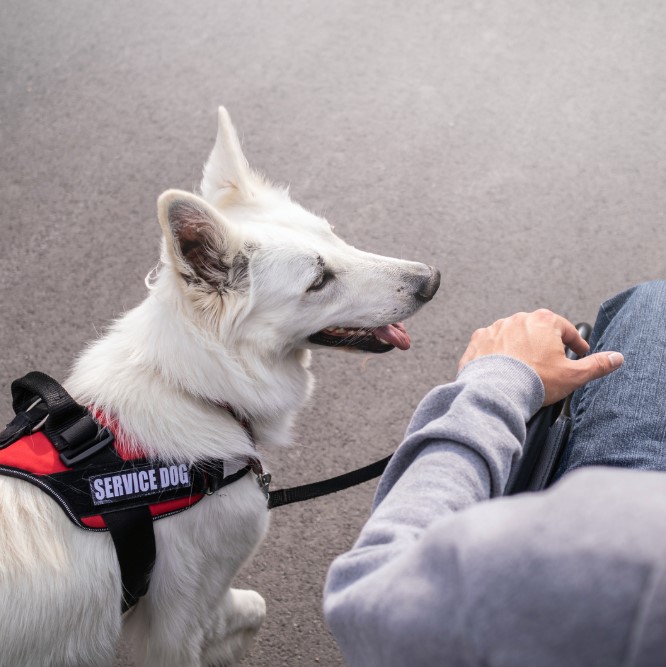
Final Stage: Handler-Specific Training
The final stage of training is where the service dog is matched with their future handler. This period is critical as it focuses on building a strong bond between the dog and the person they will assist. The training becomes highly specialized based on the handler’s unique needs.
- Positive Reinforcement: Throughout all stages, positive reinforcement is the primary training methodology. This includes rewarding the dog with treats, praise, or playtime whenever they successfully complete a task or obey a command. This approach not only helps the dog learn more efficiently but also fosters a positive and trusting relationship between the dog and the handler.
During this stage, the handler often participates in the training sessions, learning how to work with their service dog effectively. This hands-on involvement is crucial for ensuring that both the dog and the handler are comfortable and confident in their roles.
Specialization Based on Handler Needs
Service dogs can be specialized to meet a wide range of needs, depending on the specific assistance required by their handler. For instance, some dogs may be trained to:
- Provide Mobility Assistance: Such dogs help individuals with physical disabilities by performing tasks such as retrieving dropped items, opening and closing doors, and providing stability for balance.
- Offer Medical Alerts: These dogs are trained to detect medical conditions like seizures, low or high blood sugar, and even certain types of psychological distress. They alert their handlers to take necessary actions to prevent serious health issues.
- Support Psychiatric Needs: For those with psychiatric conditions, service dogs can help manage anxiety, interrupt harmful behaviors, and provide comforting companionship during stressful situations.
Each of these specializations requires targeted training that focuses on the specific tasks the dog will need to perform. This ensures that the service dog is capable and reliable in providing the necessary assistance.
As we delve further into the incredible capabilities of service dogs, it’s clear that their training is not just a process but a transformative journey. This journey equips them with the skills to profoundly impact their handler’s life by enhancing independence, safety, and overall well-being.
Types of Tasks and Assistance
Service dogs are trained to perform a variety of tasks that significantly improve the lives of their handlers. The tasks and assistance provided by these dogs can be broadly categorized into three main areas: mobility assistance, medical alert capabilities, and psychiatric support functions.
Mobility Assistance Tasks
Service dogs provide crucial support for individuals with mobility impairments. These tasks can range from simple assistance to life-changing aid in daily activities.
- Retrieving Items: Service dogs are trained to pick up and retrieve various items such as keys, phones, or medication bottles, making daily tasks more manageable for their handlers.
- Opening Doors: They can be trained to open doors by using specialized tools or simply pulling on a handle. This allows individuals with mobility challenges to move freely and independently, enhancing their ability to engage with their environment.
By reliably performing these tasks, service dogs help their handlers navigate physical spaces with greater ease and autonomy, greatly enhancing their quality of life.
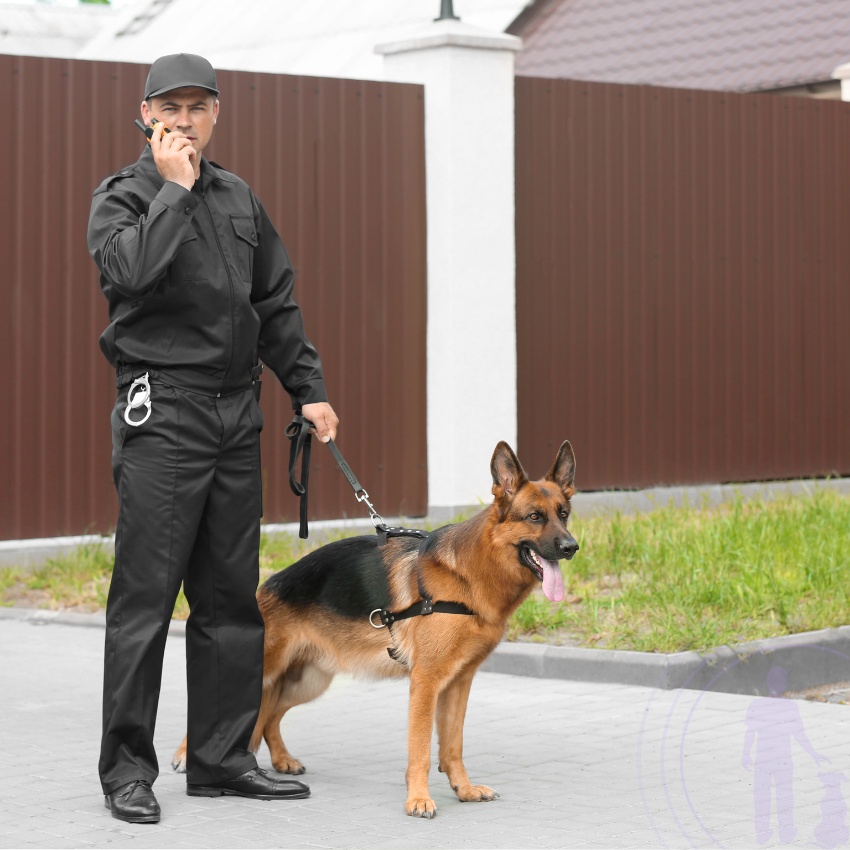
Medical Alert Capabilities
Service dogs also play an essential role in alerting handlers to potential medical issues before they become emergencies. These abilities include:
- Seizure Alerts: Some service dogs are trained to recognize subtle changes in their handler’s behavior or scent that can predict an oncoming seizure. They can alert their handler or others nearby, providing crucial time to seek safety or medical care.
- Blood Sugar Alerts: For individuals with diabetes, service dogs can detect changes in blood sugar levels by sensing specific scents in their handler’s breath or sweat. These dogs can alert their handler to take preemptive steps to manage their condition.
The ability of service dogs to provide timely alerts can be life-saving, offering their handlers peace of mind and a greater sense of security.
Psychiatric Support Functions
Service dogs also offer invaluable support to individuals experiencing psychiatric or emotional challenges. These functions can include:
- Behavior Interruption: Service dogs can be trained to interrupt harmful behaviors, such as self-harm or compulsive behaviors often associated with conditions like Obsessive-Compulsive Disorder (OCD).
- Anxiety Management: They provide grounding and comfort during anxiety or panic attacks by applying gentle pressure, maintaining physical contact, or employing other techniques tailored to their handler’s needs.
Through these supportive roles, service dogs help foster emotional stability and improve their handlers’ overall mental health.
As service dogs perform these varied tasks, they not only contribute to the physical well-being of their handlers but also offer emotional support and companionship. This comprehensive support framework helps reduce feelings of isolation and depression, further enhancing their handlers’ quality of life.
Transitioning from the tasks and assistance provided by service dogs, it’s essential to consider the broader impact they have on social integration and overall quality of life. Their contributions can enhance interactions in the community, build handler confidence, and foster a sense of independence, all of which are crucial for long-term well-being and personal satisfaction.
Physical and Mental Health Benefits
Service dogs significantly enhance the physical and mental well-being of their handlers. Their assistance extends beyond task completion to foster a sense of independence, emotional stability, and social connection. Let’s delve into the myriad ways these incredible animals contribute to a healthier, more fulfilling life.
Impact on Daily Independence and Mobility
Service dogs empower individuals with disabilities to navigate daily life with greater ease and autonomy. For those with mobility impairments, these dogs are trained to carry out tasks such as retrieving items, opening doors, and helping with balance. This level of support allows handlers to complete tasks that might otherwise be challenging or impossible.
Imagine someone with a mobility impairment who struggles to pick up dropped items. A service dog can quickly retrieve the item, enabling the person to continue their activities without disruption. This kind of assistance minimizes physical strain and the risk of injury, which could otherwise be significant barriers to independence.
Emotional Support and Companionship Benefits
Beyond physical assistance, service dogs offer profound emotional and psychological benefits. Their constant companionship can alleviate feelings of loneliness and provide a steady source of comfort. Many handlers form deep bonds with their service dogs, akin to a friendship, which fosters emotional resilience.
The presence of a service dog can also help with various mental health conditions. For instance, individuals with Post-Traumatic Stress Disorder (PTSD) or anxiety disorders often find that their service dog’s calming presence is invaluable. These dogs are trained to recognize signs of an impending anxiety attack or flashback and can perform tasks to interrupt these episodes, such as providing deep pressure therapy or creating a physical barrier between the handler and potential stressors.
Reduction in Feelings of Isolation and Depression
Service dogs play a pivotal role in reducing feelings of isolation and depression. By assisting with daily activities and providing emotional support, they help their handlers engage more actively with the world around them. This increased engagement can lead to more social interactions and a stronger sense of community belonging.
Handlers often report that their service dog acts as a social bridge, making it easier to connect with others. The presence of a well-trained service dog can spark conversations and offer opportunities for socialization that might otherwise be too daunting for someone dealing with depression or social anxiety. Over time, this enhanced social interaction can significantly improve overall mental health.
Transitioning Forward
The partnership between a service dog and their handler is transformative, fostering independence, emotional well-being, and social integration. Each task a service dog performs is more than just a physical act; it is a step toward a more fulfilling and connected life.
With a deeper understanding of the physical and mental health benefits service dogs provide, we can appreciate how they help bridge the gap between disability and independence. This comprehensive support not only enhances the handler’s quality of life but also reinforces the profound bond and mutual trust shared between the handler and their service dog.
Social Integration and Quality of Life
Service dogs do more than just assist with physical tasks—they play a crucial role in transforming the social lives and overall well-being of their handlers. By offering security, reliability, and companionship, these remarkable dogs help individuals with disabilities integrate better into their communities, build confidence, and greatly enhance their quality of life.
Enhancement of Social Interactions and Community Participation
One of the most significant benefits service dogs provide is the enhancement of social interactions. Individuals with disabilities often face social isolation due to various barriers, including mobility challenges and societal misunderstandings. Service dogs can help break down these barriers by acting as social catalysts.
People are naturally drawn to dogs, and their presence can encourage others to approach and interact with the handler. This can lead to increased social interactions which might not have happened otherwise. Handlers frequently report that people initiate conversations about their dogs, providing opportunities to engage and share their stories. This facilitates a sense of belonging and normalcy, helping handlers feel less isolated and more connected to their community.
Furthermore, service dogs help handlers participate in community activities that might have been challenging without their assistance. Whether attending local events, visiting public places, or volunteering, having a service dog makes it easier for handlers to get out and engage with the world around them.
Role in Building Handler Confidence and Independence
The integration of a service dog into an individual’s life often results in a significant boost in confidence and independence. Knowing they have a reliable partner who can assist with various tasks reduces the mental load and anxiety associated with daily activities. This newfound confidence encourages handlers to take on new challenges and step out of their comfort zones, leading to personal growth and empowerment.

For many handlers, the presence of a service dog means they no longer need to rely as heavily on family members or caregivers. This shift to more self-reliance can be transformative, as it fosters a greater sense of independence and self-worth. Tasks that once seemed daunting become manageable, opening up new opportunities for handlers to pursue education, employment, and hobbies with greater ease.
Moreover, the training process itself can be empowering. Handlers often participate in the final stages of their service dog’s training, learning how to work effectively with their dog. This hands-on involvement builds a stronger bond with their service animal and reinforces the handler’s role as a capable and active participant in their own care.
Long-term Impact on Overall Quality of Life
The long-term impact of having a service dog extends beyond daily assistance and social interactions. The bond between a handler and their service dog is profound and enduring, providing emotional stability and a continuous source of companionship and support. This relationship helps mitigate feelings of loneliness and depression, contributing to better mental health over time.
In the long run, service dogs contribute to a substantial improvement in the overall quality of life for their handlers. The combination of enhanced independence, social interaction, and emotional support leads to a more fulfilling and balanced life. Handlers often report a renewed sense of purpose and happiness, feeling more in control of their lives and futures.
Service dogs are not just assistants; they are partners, friends, and integral parts of their handlers’ lives. As handlers navigate the complexities of living with a disability, their service dogs provide unwavering support, enabling them to lead enriched and independent lives.
As we delve deeper into the impact of service dogs, we’ll explore how they offer specialized support tailored to various needs, ensuring that every individual benefits from their unique abilities.

